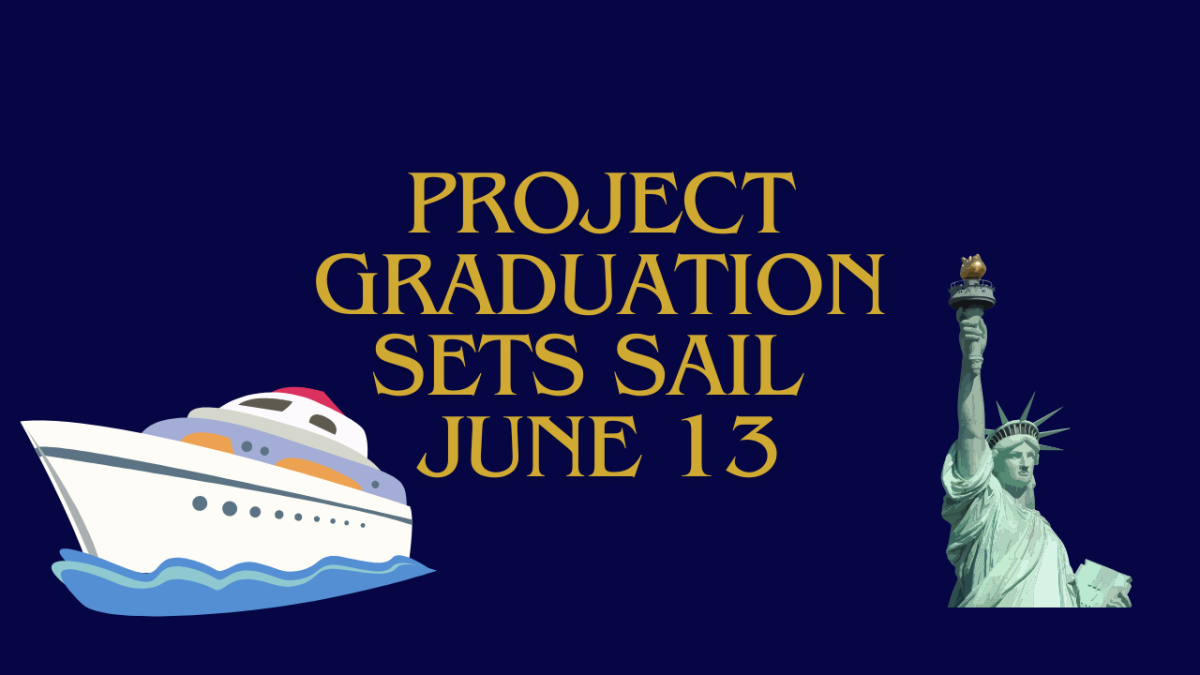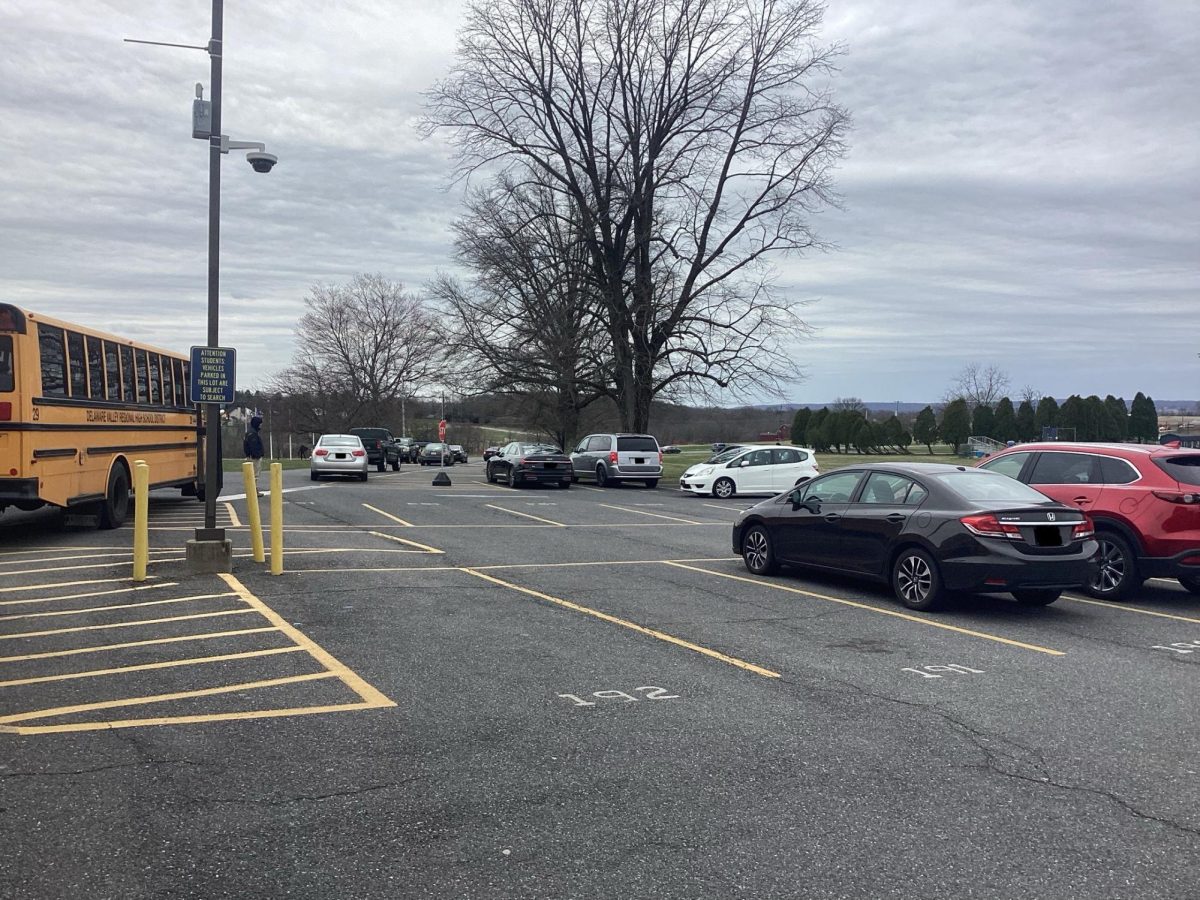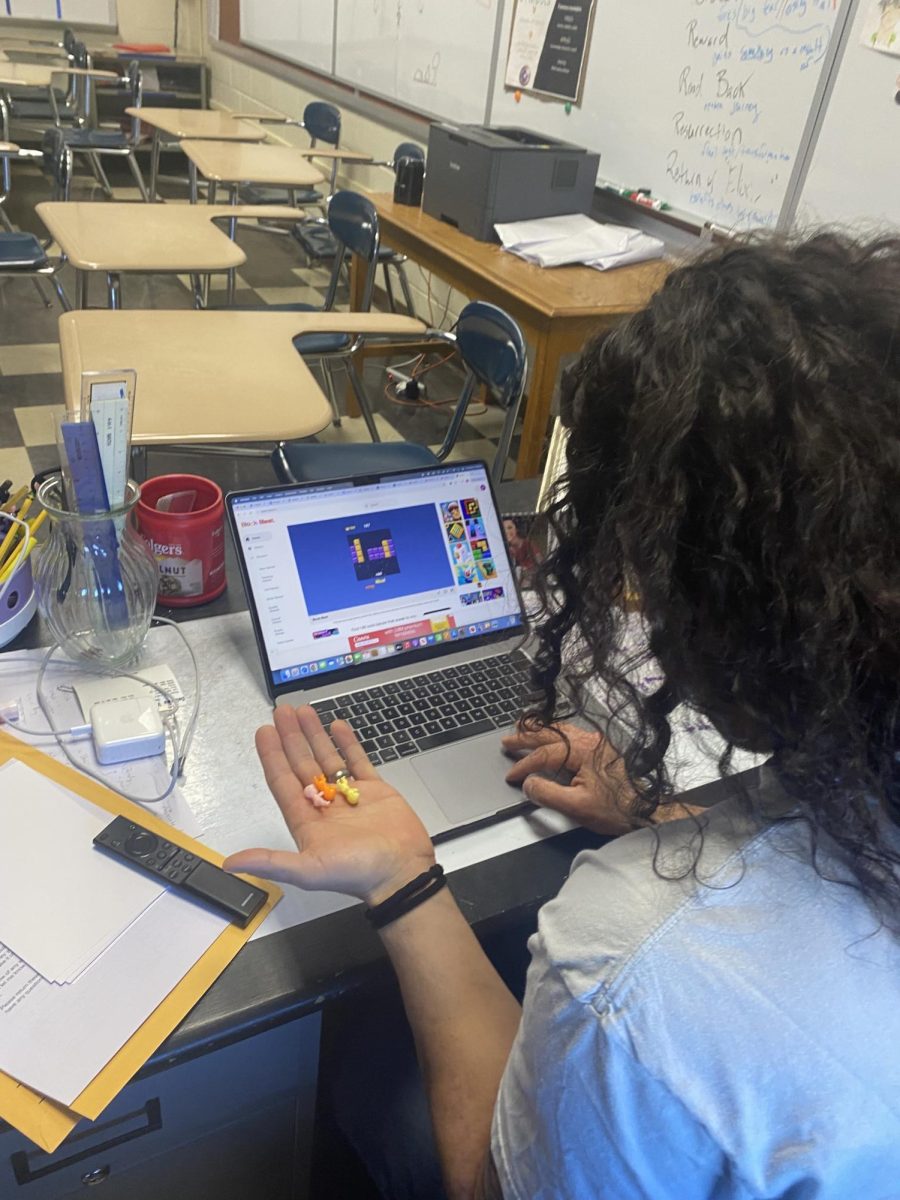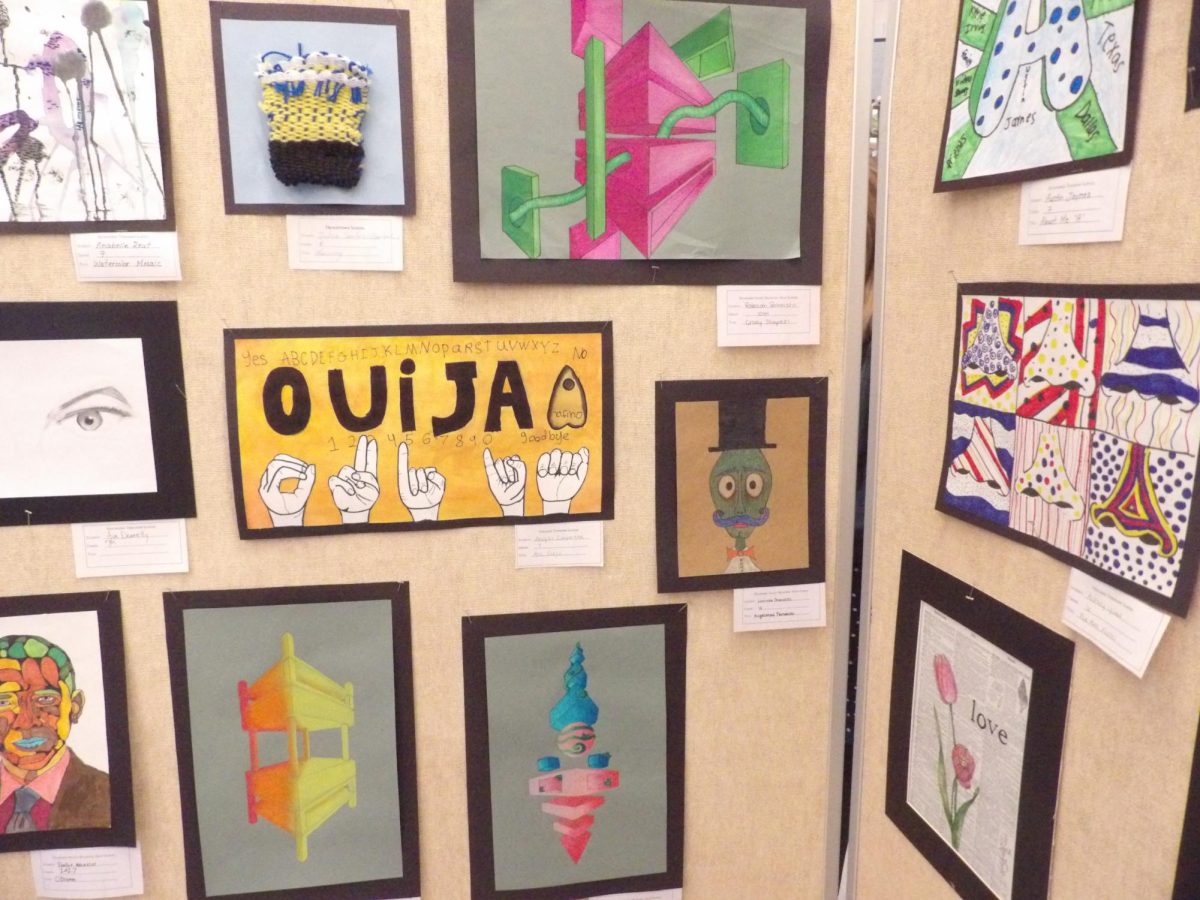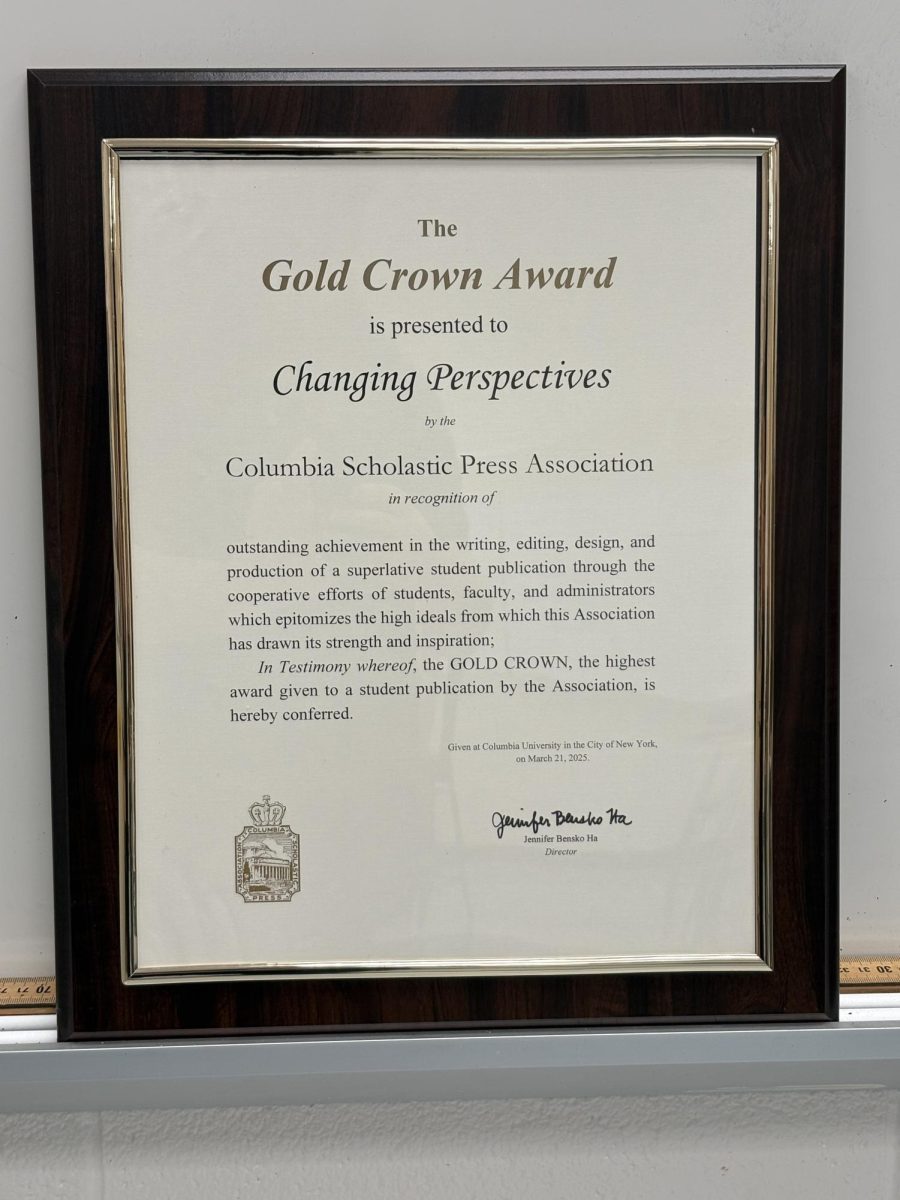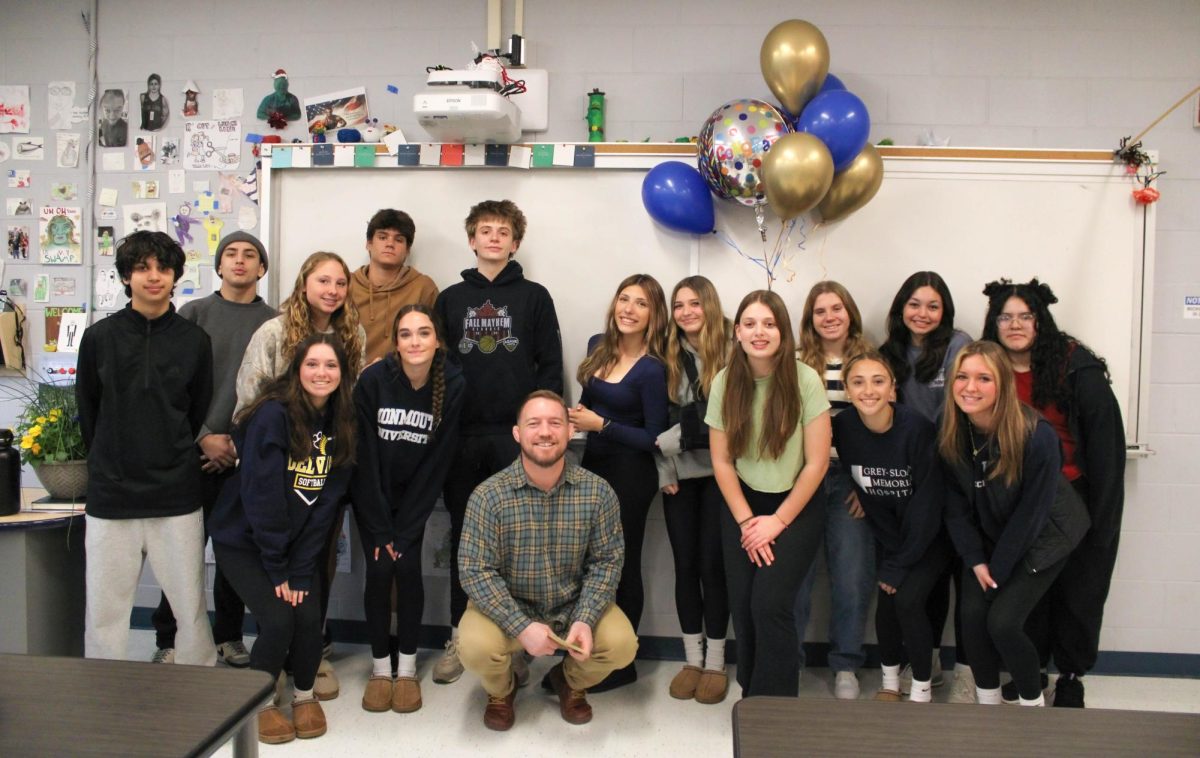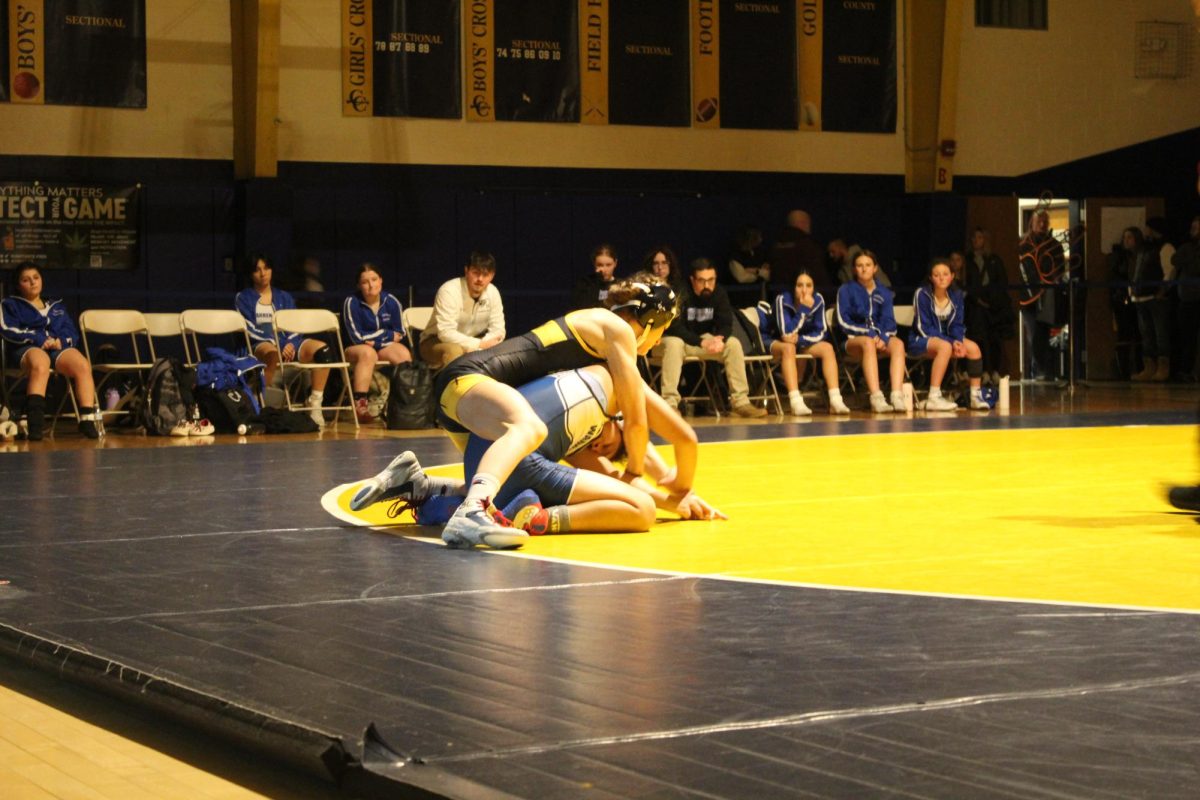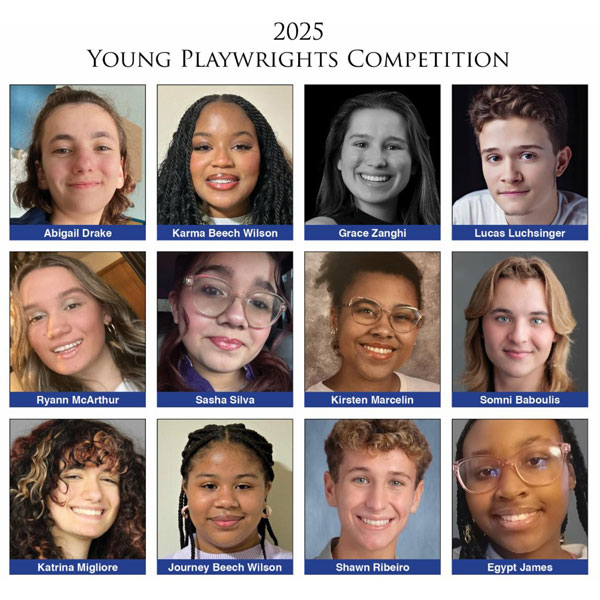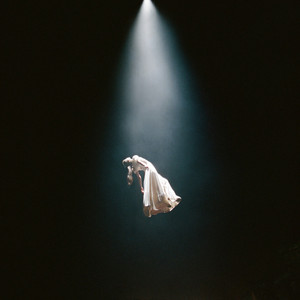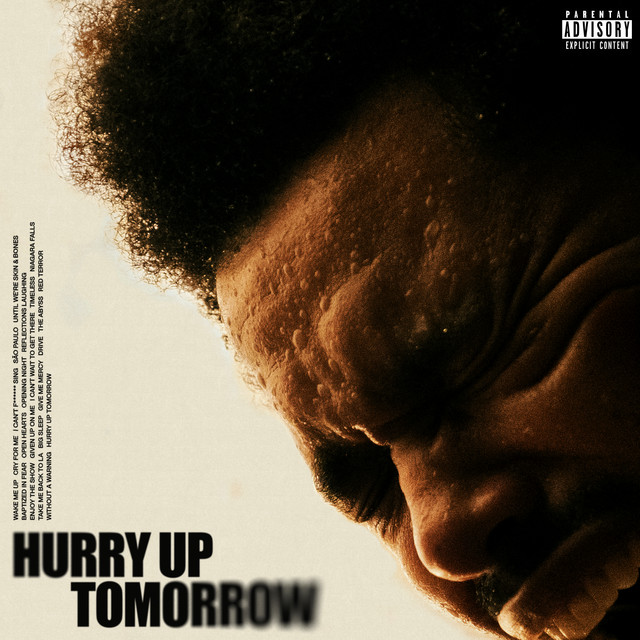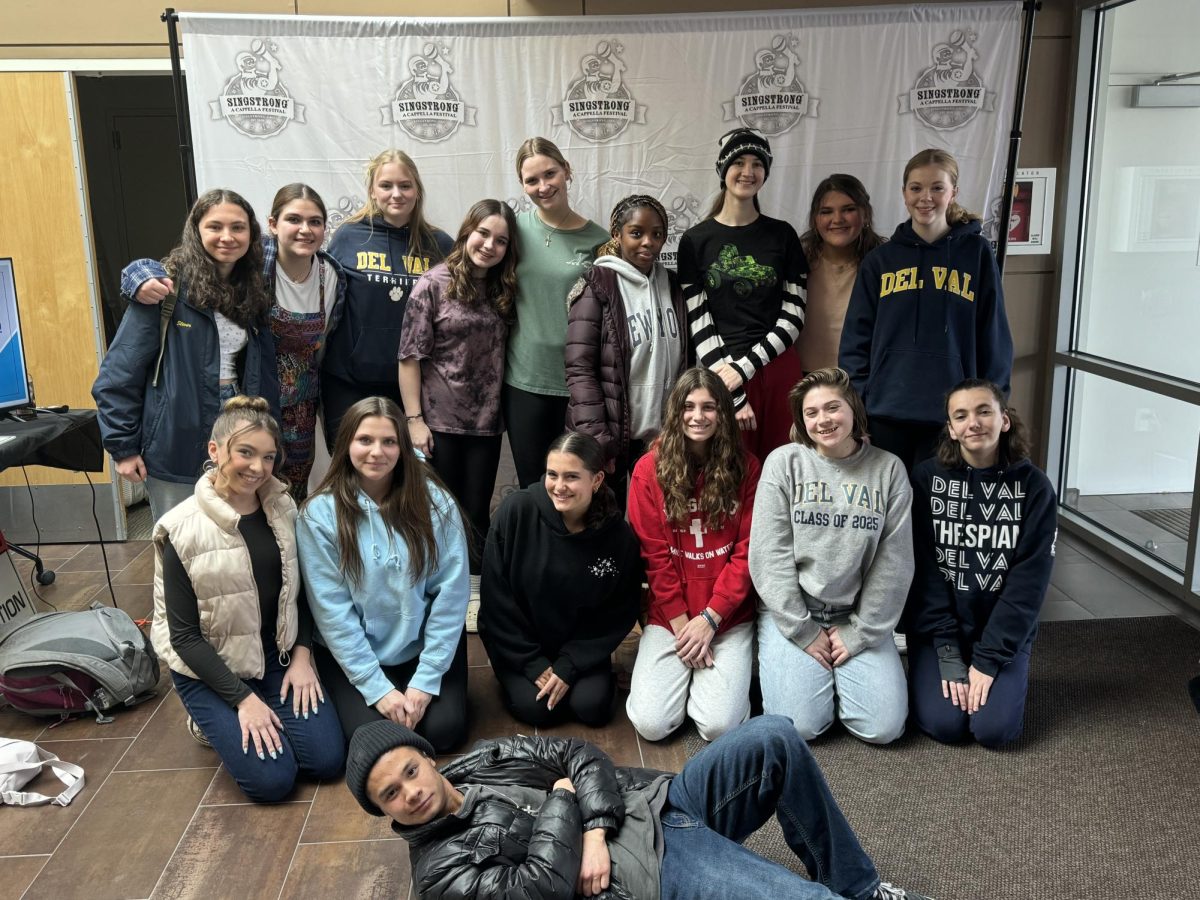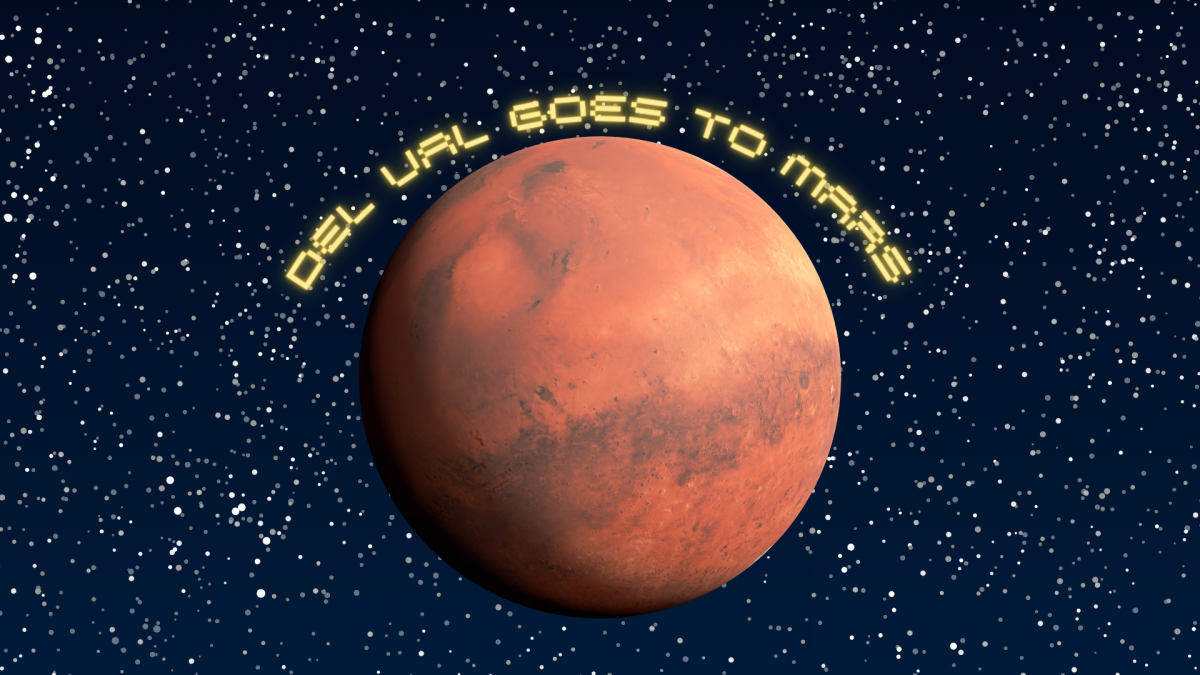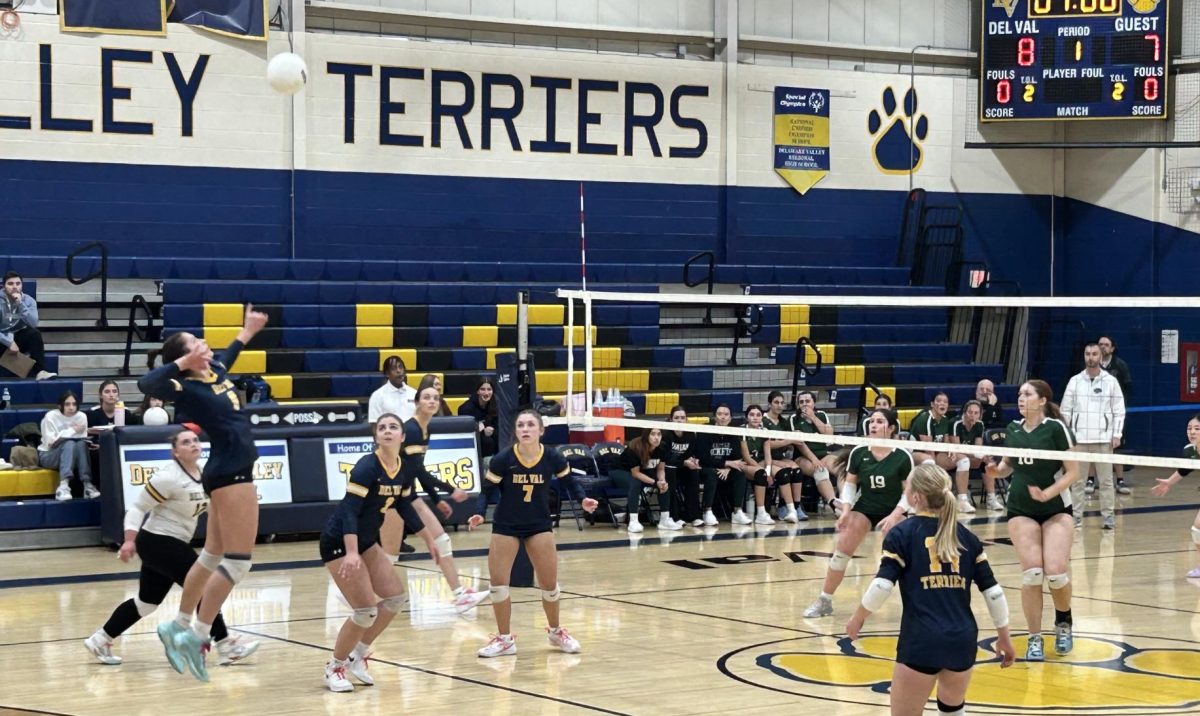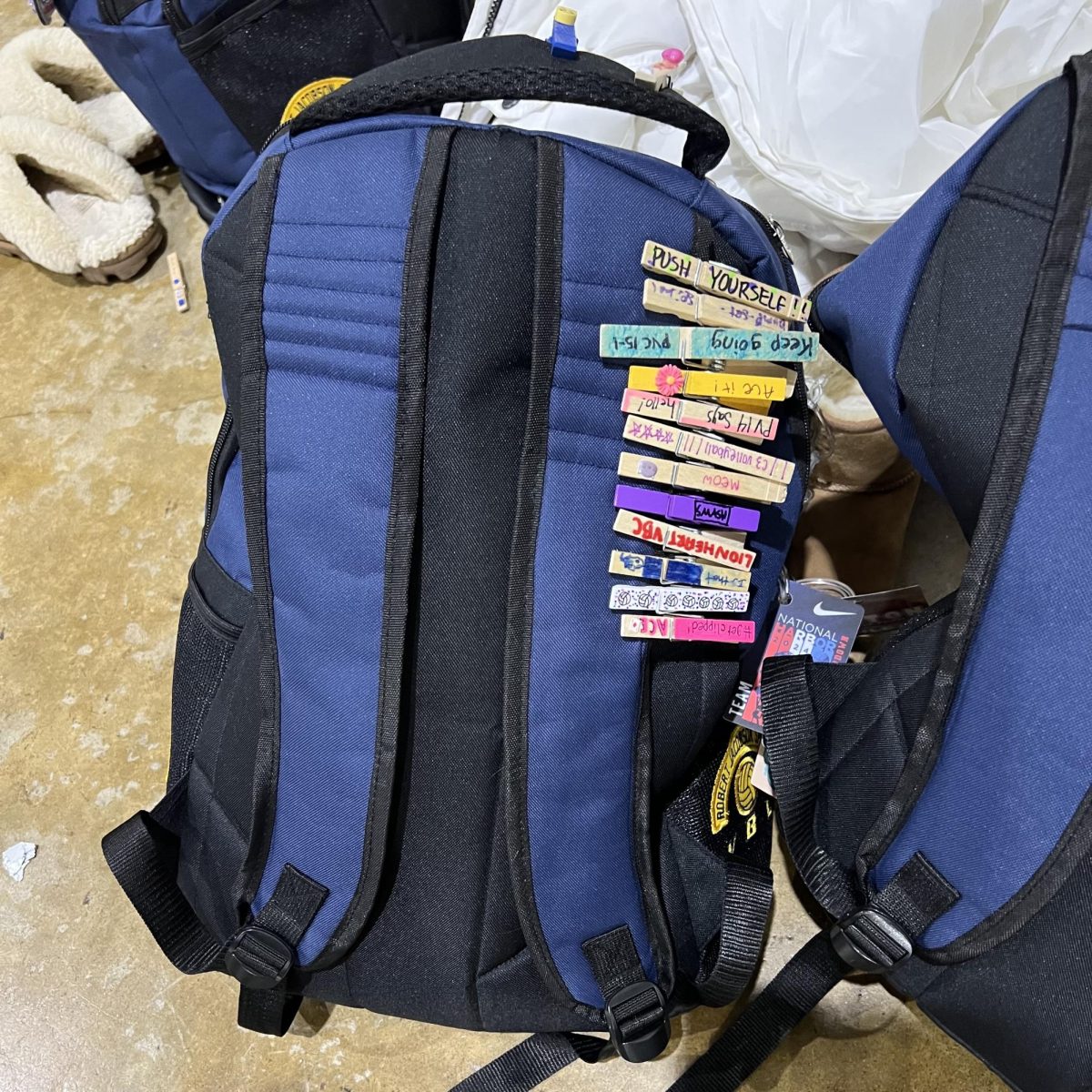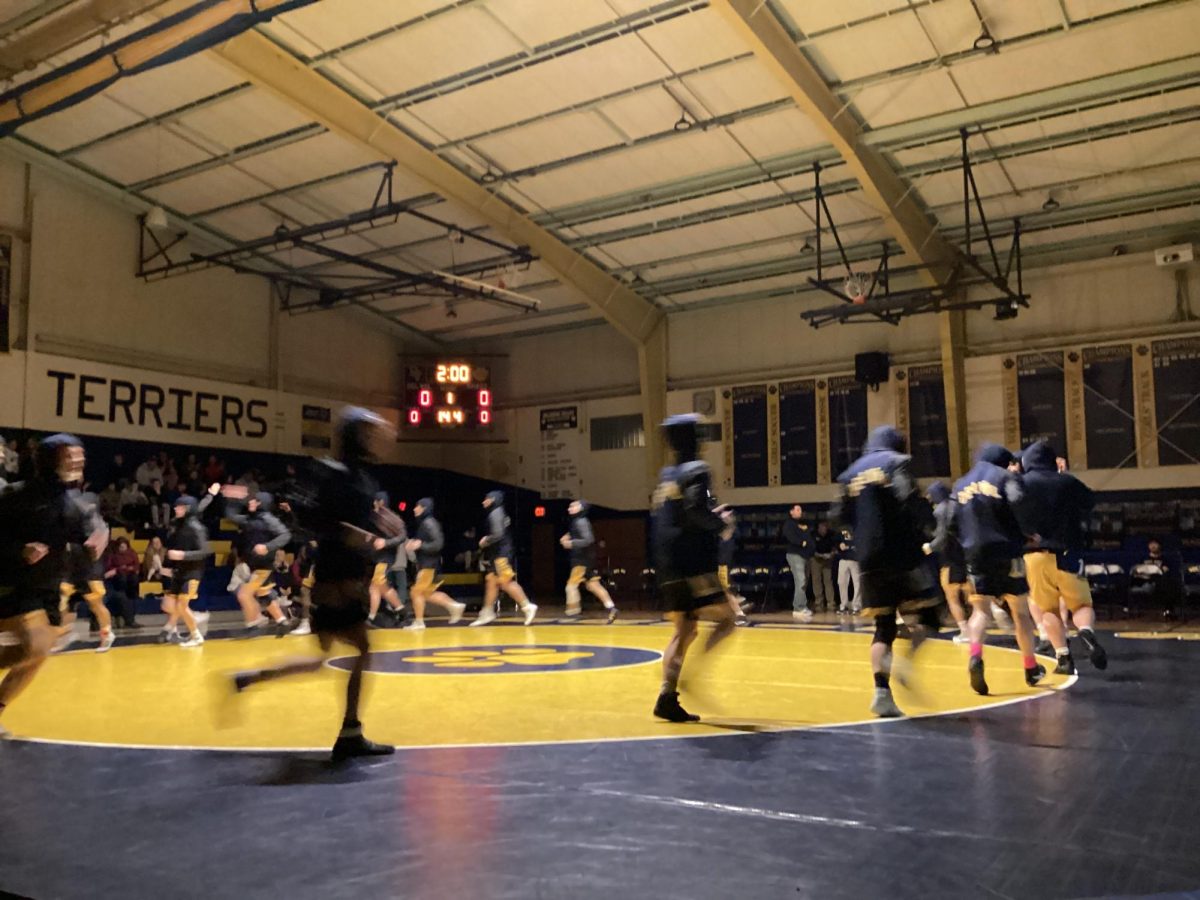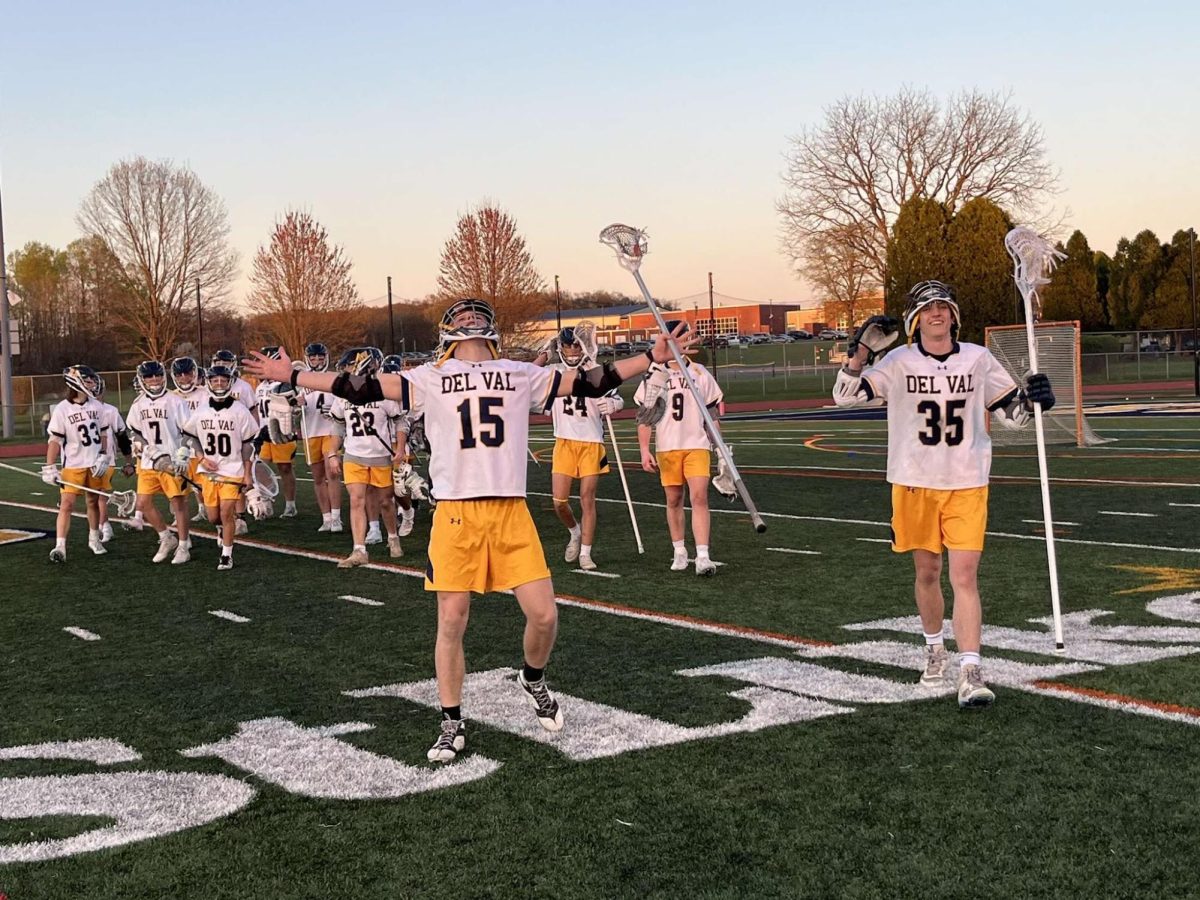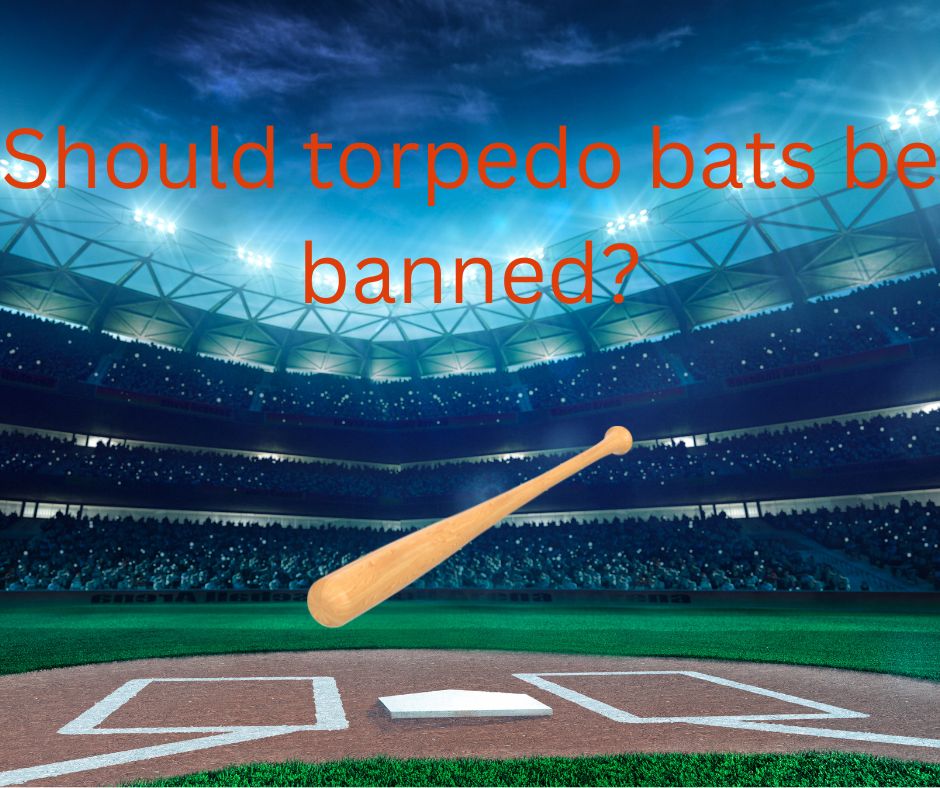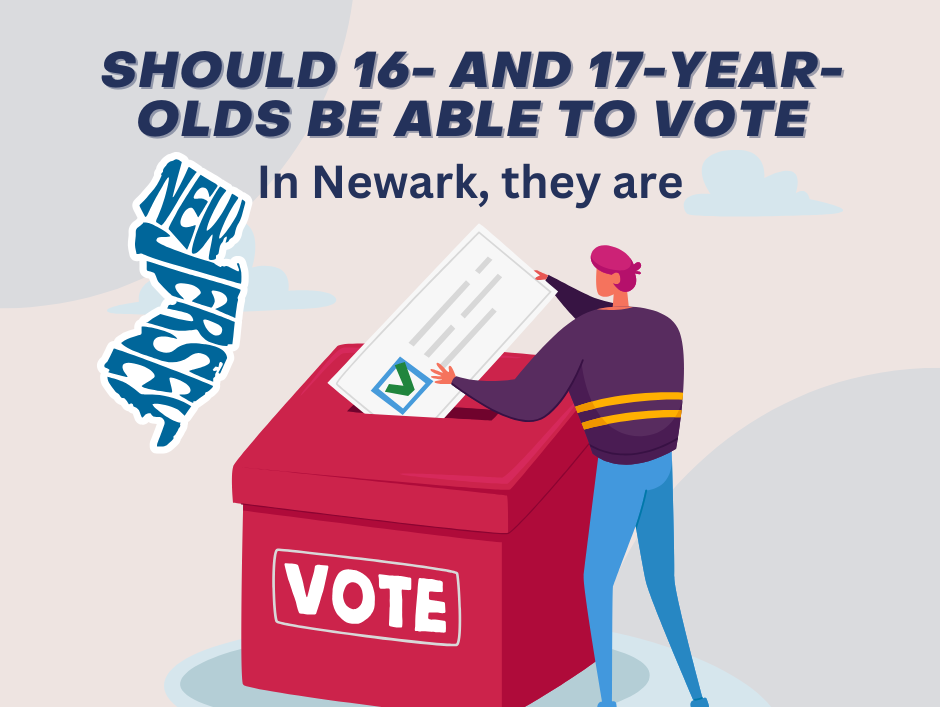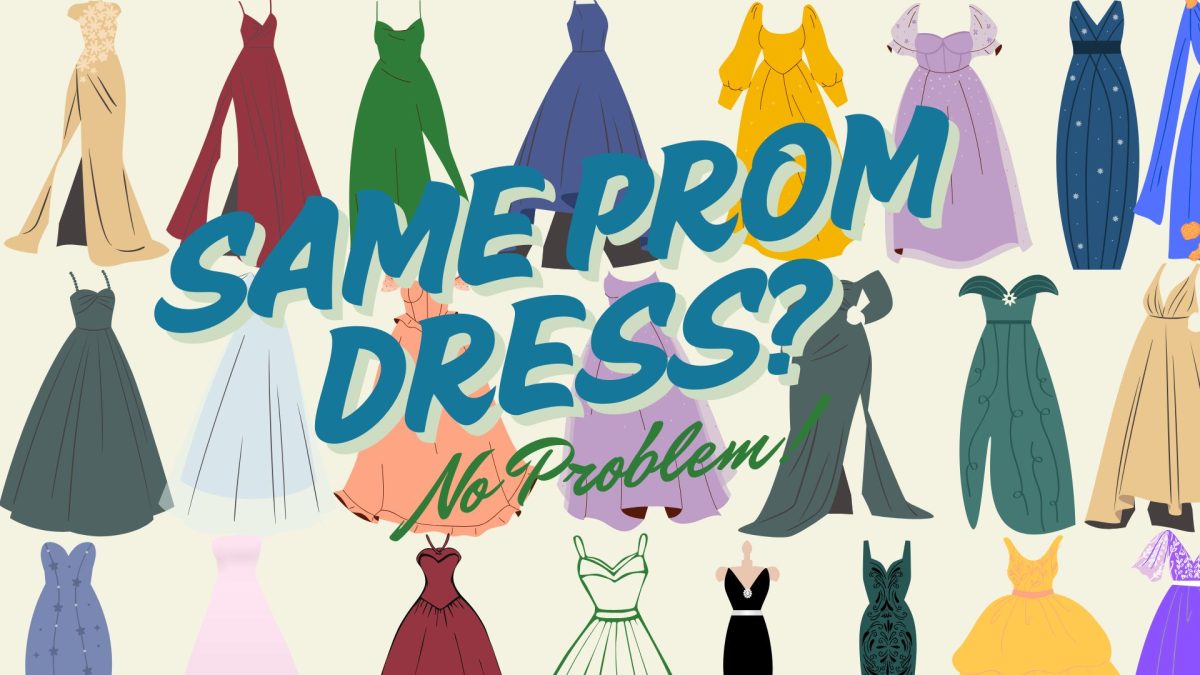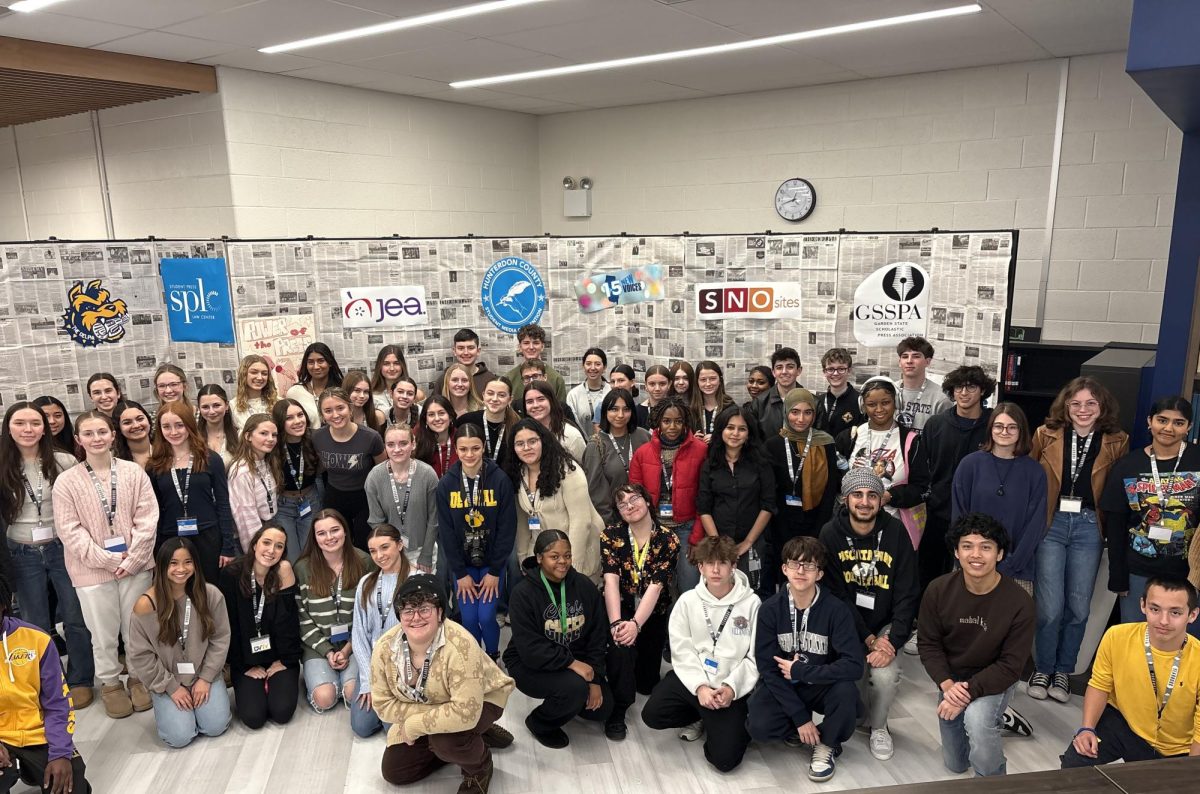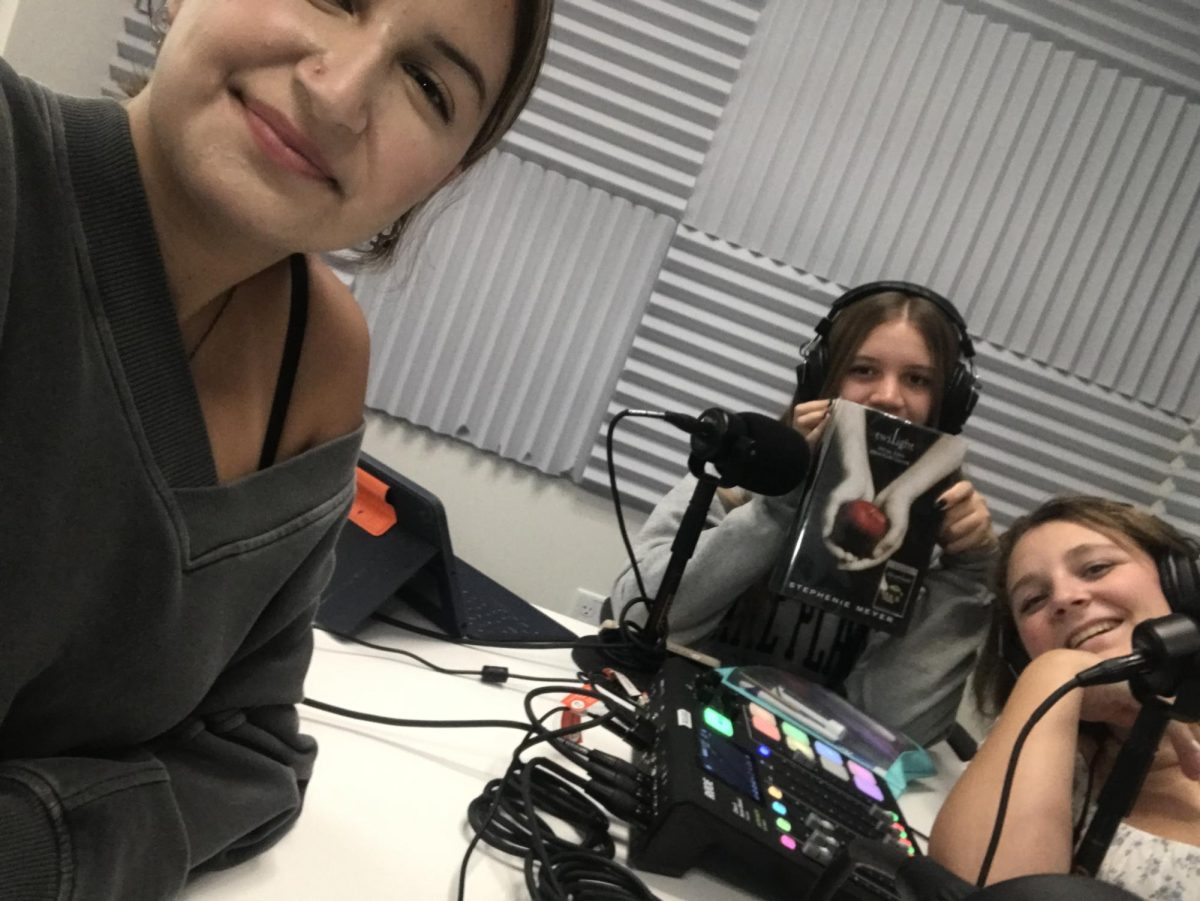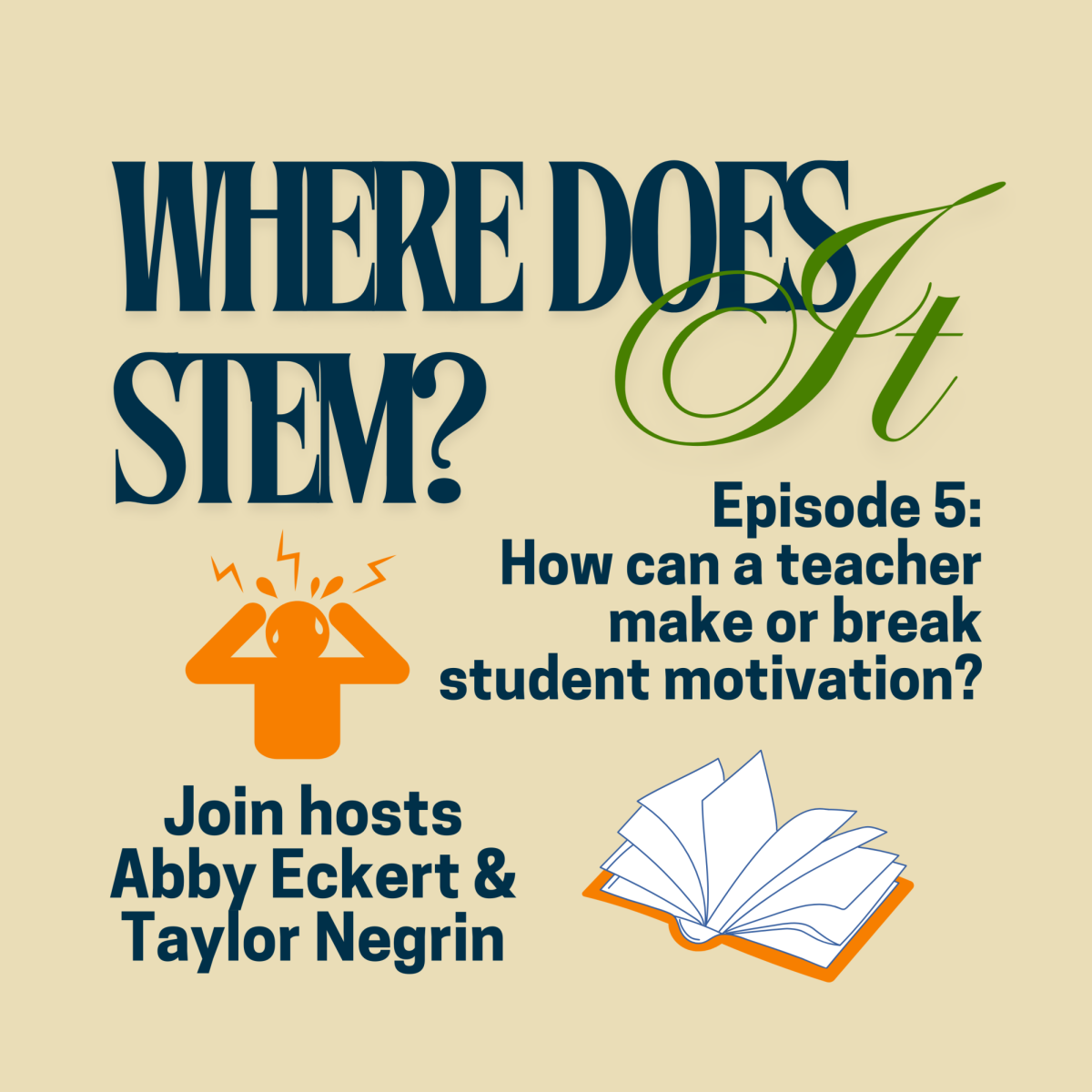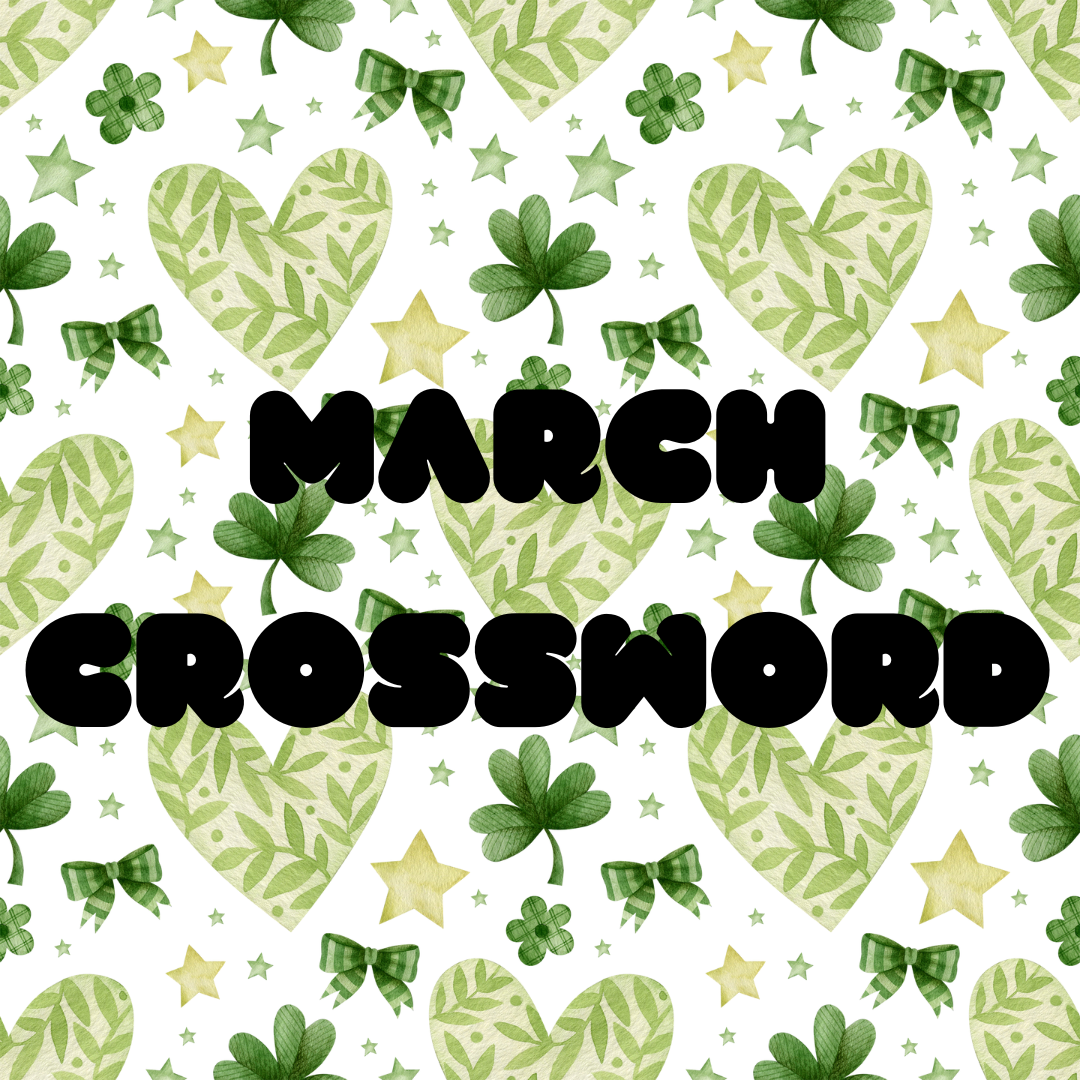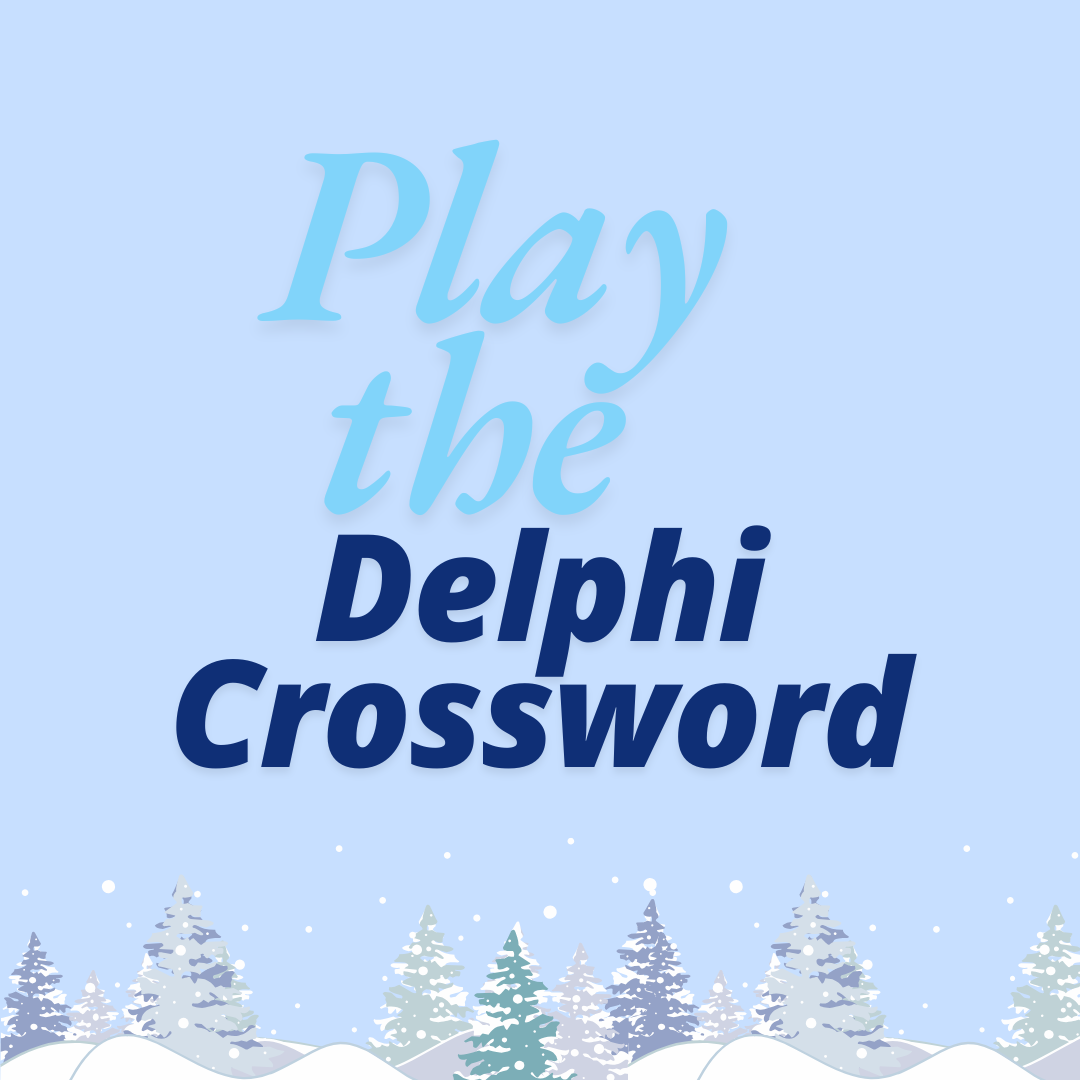Feb. 19 through the 23rd marks the 100th anniversary of the Journalism Education Association and this year’s Scholastic Journalism Week.
Every day, Monday through Friday, celebrates a different theme in relation to the publishing of journalism within schools. Whether this be through articles, podcasts, yearbooks or videos, all forms of journalism are acknowledged. The overall theme of this year is “Here to Stay.”
Monday’s theme is “First Amendment.” The purpose of this theme is for students to research about the rights the First Amendment grants them, its role within schooling and landmark cases that defined the amendment.
Tuesday’s theme is “Journalism Then.” This day will explore past publications, specifically the 1890s period of “Yellow Journalism,” which was an era of competitive broadcasting and dramatized news to up sales. It will then compare “Yellow Journalism” to the mass spread of fake news in today’s age of social media.
Wednesday’s theme is “Journalism Now.” With the large amount of disinformation in today’s society, this theme will teach students how to research responsibility and write the most accurate news available. With the recent spread of AI, it’s especially important for journalists to learn to how properly verify their information.
Thursday is the sixth annual Student Press Freedom Day. This day is an opportunity for reporters to unite together and inform their communities about all they do.
“Student journalists and their supporters across the United States will spend the day — and all month long — raising awareness of the challenges they face, celebrating their contributions to their schools and communities, and taking actions to protect and restore their First Amendment freedoms,” wrote the Student Press Law Center.
Thursday’s theme is “Powerfully Persistent,” and there are many ways for students, advisors and supporters to get involved. The Student Press Freedom Day website features ideas on how to take action.
Friday’s theme is “Journalism Next.” The idea behind this theme is to explore how journalism will be affected by the advancements of technology. The day will continue to build on the idea of misinformation and the creation of Deepfakes. Deepfakes are hyperrealistic photos, audios or videos made to appear as though someone did or said something, when in reality they did not.
Explore ways to get involved in your community on the Journalism Education Association website.



